Harvest Your Own Happiness: A Simple Guide to Cutting Flowers at Home
Flower farmingThere’s something truly special about bringing garden-grown beauty indoors. Planting your own cutting garden is the best way to ensure you always have a plentiful supply of beautiful flowers ready for creating your own homemade floral arrangements.
In this guide, we’ll show you how and when to cut flowers for the longest vase life, how to harvest with care, and how to encourage more blooms to keep your garden thriving. With a few simple techniques, you’ll be filling your vases (and your neighbors’ too) with garden-fresh bouquets in no time.

When should I cut my flowers?
When you grow your own flowers, you have control over when to cut them. Want more buds or a flower that has fully opened? It all depends on how to want to use them and how long you want them to last.
For whatever project you have in mind, there are some basic principles to follow to enjoy the longest possible vase life for cut flowers.
- The best time to cut flowers is early in the morning. They will be standing up straight and be fully hydrated. Later in the day, the flowers are already losing moisture and will be limp. When flowers start off limp, they take longer to perk up and could have a shorter vase life.
- Knowing when to cut can depend on the flower. Some flowers have slightly different requirements and will do best when they are cut just before the bud is starting to open. The bud will have the flower color, but the petals haven’t begun to unfurl yet. Other flowers will only continue to bloom if the buds are already halfway open. So do your research and some trial and error to find out when you should cut each variety. Sunflowers, Cosmos, and Black-Eyed Susans are some of the flowers that can be cut before they are fully open.
- For flowers with several buds on one stem, cut when one bud is starting to open and the other bud has color. If there is just one bloom per stem, you can cut when the flower is fully open.
- Generally, you want to cut flowers before they have been pollinated. However, flower gardens feed the bees, so you don’t want to cut all your flowers. Instead, leave some to be pollinated and continue your flower garden as a habitat for beneficial pollinators.
- If pollen has fallen onto the leaves, the flower is past its prime. You can still enjoy it indoors; just know it won’t last long.

How do I cut flowers for arrangements?
- When you are ready to start harvesting your flowers, take a bucket of water with you into the garden.
- Make sure your bucket is sanitized first. Bacteria in the bucket will affect the flower life.
- The water should be just average room temperature or warm water. This will allow the plant to pull up water more quickly.
- Cut stems at a 45-degree angle with sharp floral scissors. These scissors are specifically for foliage, and they will make a difference. Regular scissors can crush stems and prevent water uptake.
- Cut your stems as long as possible to give yourself more arrangement options.
- Immediately place cut stems into the bucket of water. You will want to use a bucket deep enough to keep your flowers upright, so they don’t tip over and fall out of the bucket.
- Once flowers are cut, remove lower foliage. These leaves will quickly rot in a vase and increase bacterial growth.

How to Cut Flowers So the Plants Keep Growing
For many flowers, cutting encourages even more blooms to grow. All the more reason to get out those shears and start cutting.
When cutting from your flower garden, consider how you want your plant to continue growing. If you cut out the middle bloom, new blooms will grow on the sides. These side shoots will give you more but often smaller flowers.
- If you want bigger blooms, cut off the side shoots and let the middle flower remain.
Zinnias are one flower that loves to be cut. A zinnia plant will continue to send out new stems each time it is cut.

When Do I Cut Herbs for Flower Arrangements?
Herbs can be a beautiful and fragrant part of flower arrangements. They can be cut at any time during their growing life. During different times of plant growth, you will have a completely different texture, color, and even bloom. Letting some of your herbs go to seed can result in a beautiful flower that can become an integral part of floral design.
Once they are cut, herbs will stand up straight when they have enough hydration. Stronger stems will be formed when the plant is going to seed or blooming. Basil, dill, lavender, sage, and many other herbs can be part of a cut flower garden.

Cutting Flower FAQs
Can I cut flowers after it rains or when the garden is wet?
It’s best to wait until the plants are dry. Wet foliage and petals are more prone to mold and bacterial growth once cut. If you must cut during damp conditions, gently blot blooms dry before bringing them indoors. Sometimes, I cut flowers a little early to beat a rainstorm.
What tools should I use to cut flowers properly?
Use clean, sharp floral scissors or garden snips. Avoid regular household scissors, which can crush stems and reduce water uptake. Always cut stems at a 45-degree angle to increase surface area for hydration.
How often should I cut flowers to keep the garden blooming?
Frequent cutting can encourage many flower varieties, such as zinnias, cosmos, and snapdragons, to produce more blooms. The more you cut, the more they grow! These "cut and come again" flowers are our favorites to grow. Just be sure to leave enough foliage to support the plant.
Cutting flowers from your garden isn’t just about enjoying a pretty bouquet—it’s an invitation to connect with your garden in a deeper way. We love being able to share beautiful blooms with friends and anyone who could use some natural beauty to brighten up their day.
With the right timing, tools, and techniques, you can harvest vibrant, long-lasting blooms while encouraging even more flowers to grow.
Remember to cut in the cool of the morning, use clean tools and water, and leave some blooms behind for the bees. Don’t forget herbs like basil or sage—they add beauty, fragrance, and texture to arrangements. Whether you're creating a gift or simply brightening your kitchen table, your garden has everything you need to bring joy indoors—one stem at a time.





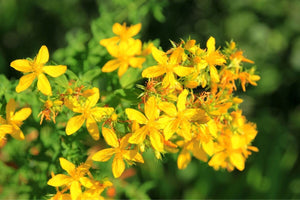
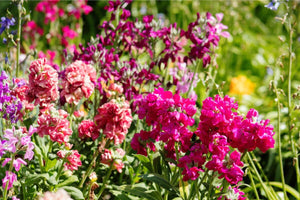
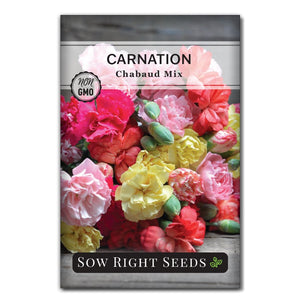
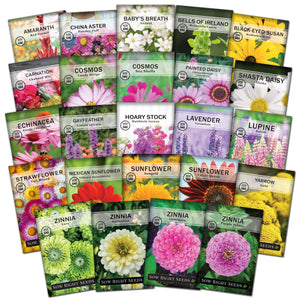
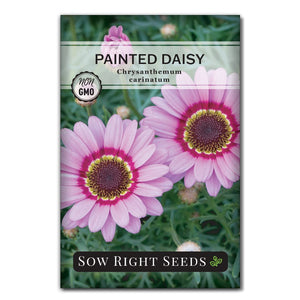
Leave a comment